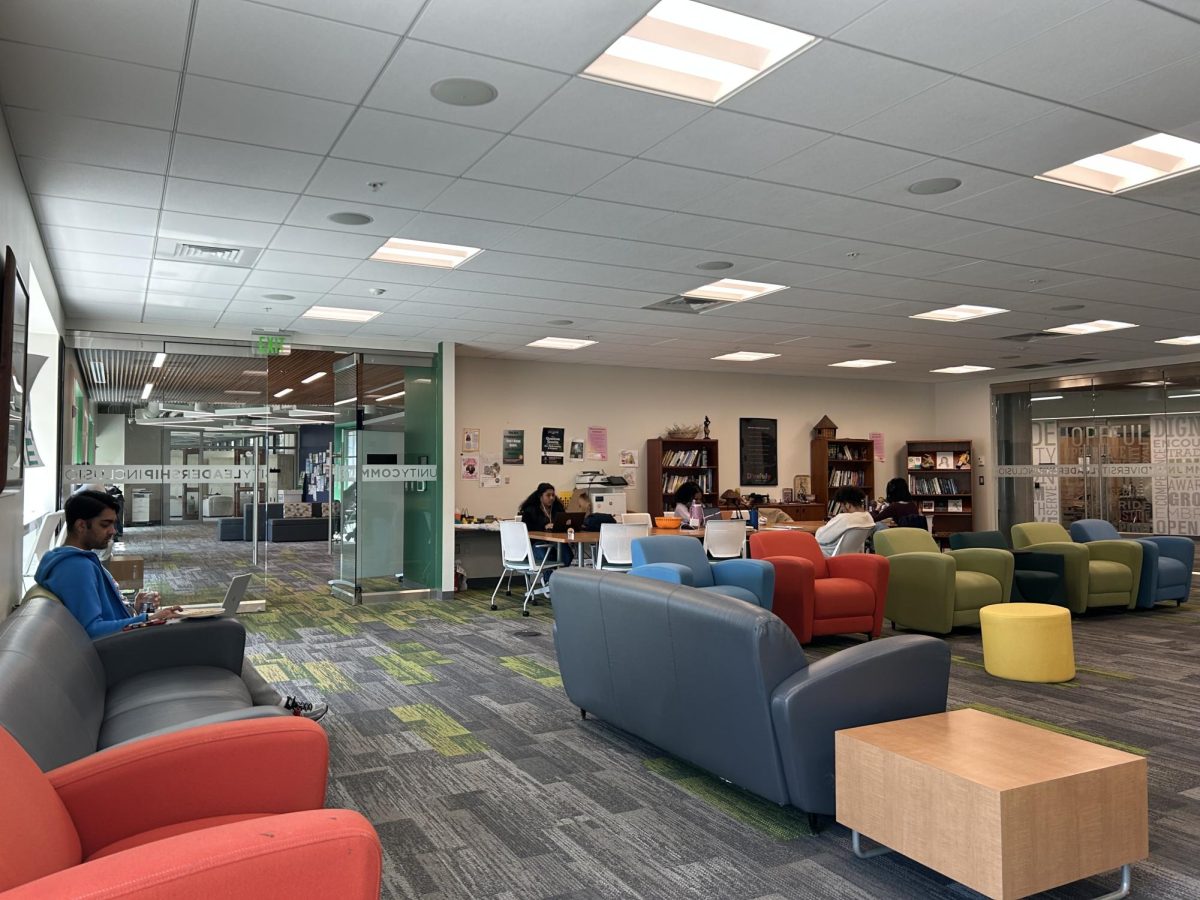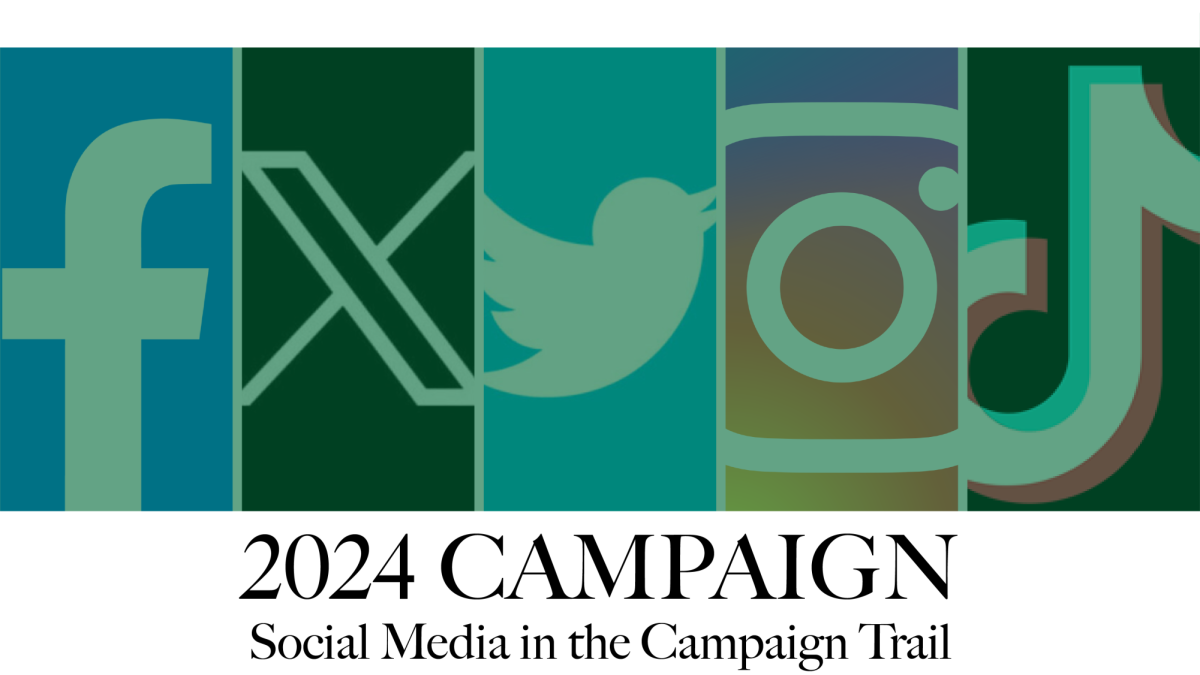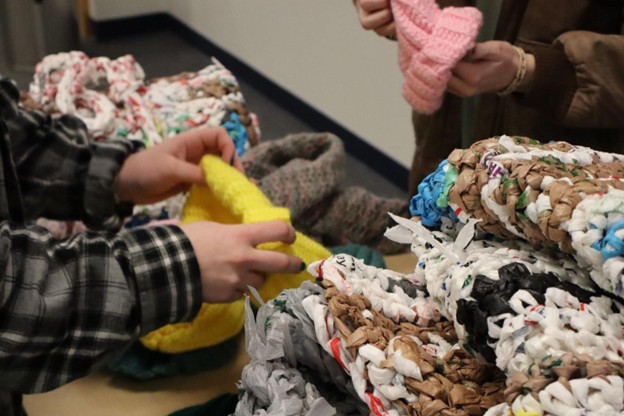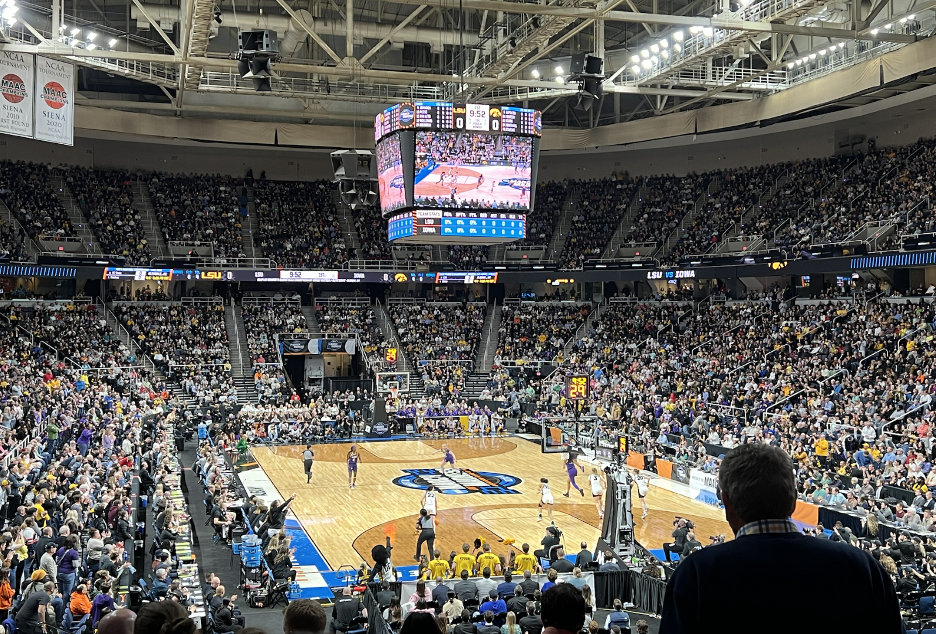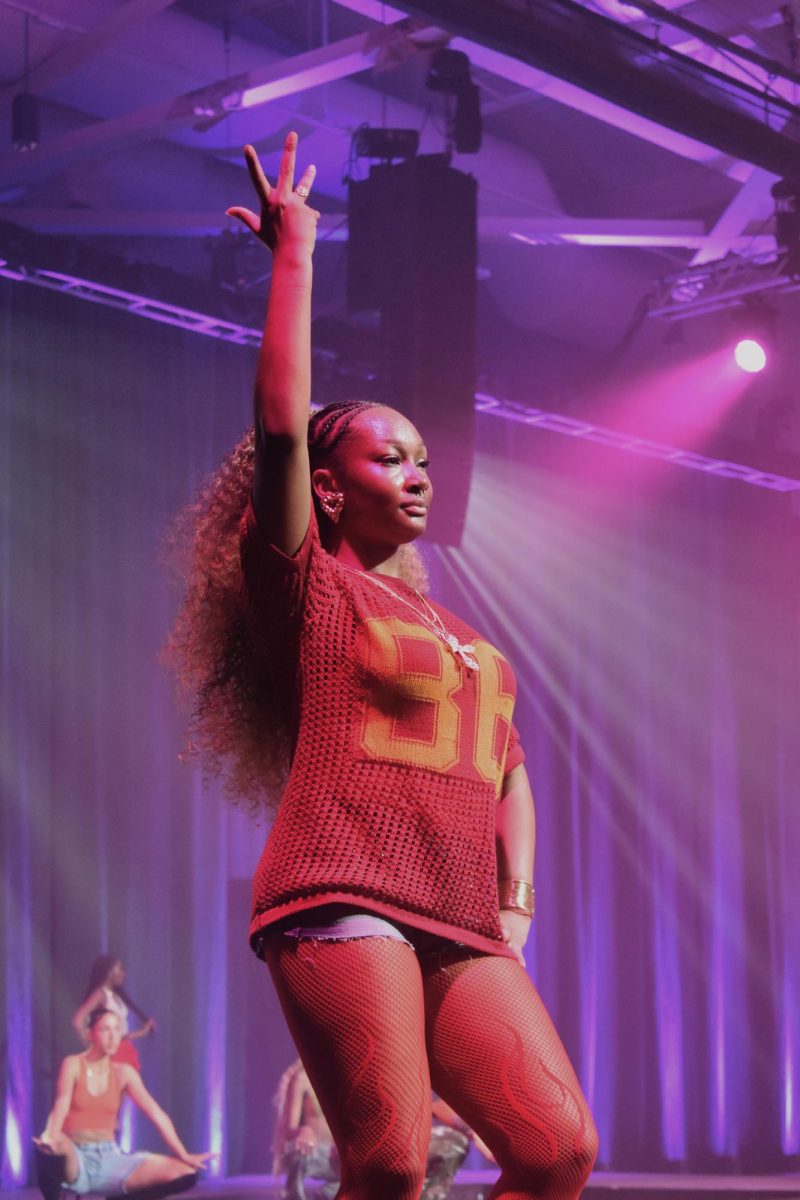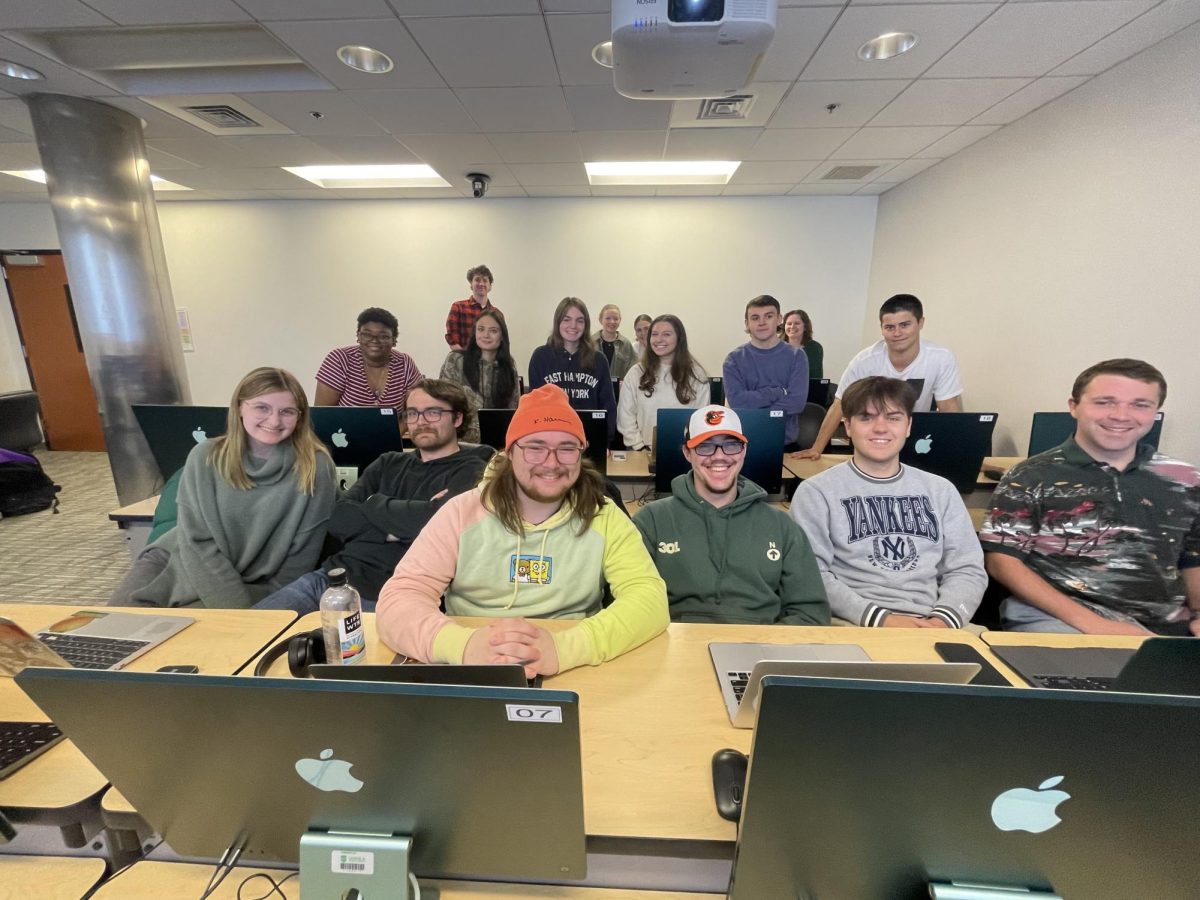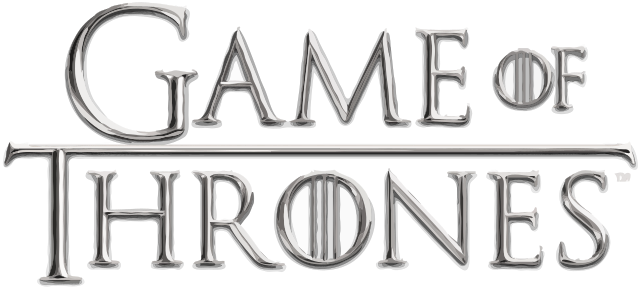Go ahead and ask someone on campus what he or she would do if they were stuck at Craig’s. I can bet that the answer probably involves Uber. For those who haven’t heard about the rising sensation, Uber is an app that provides a private taxi service to paying members. Accessible on any smartphone, tablet or computer, it is connected to a credit card and allows its users to request car transportation anywhere, anytime at the click of a button.
Uber has become increasingly more popular since it’s creation in 2009. It is available in 45 different countries and a total of 100 cities worldwide as of this fall. In just five years it has sky rocketed in popularity. Uber has faced its fair share of critics, similar to many companies who threaten the job market. Washington, D.C. witnessed a mass protest of app-based taxi services earlier this month, according to TIME Magazine. Taxis lined up and blocked roadways throughout the nation’s capital in retaliation against Uber, Lyft, and Sidecar, all app-based taxi services. Taxi drivers in D.C., and cities abroad, believe that these services give Uber drivers a greater advantage over the market, and many believe that unlicensed taxi drivers should not be allowed to work for a taxi service.
Protests from cab drivers have popped up in Boston, San Francisco, London and areas in France as well, all of which have been similar to the Washington incident earlier this month. The reason for protest is obvious: taxi drivers are angry about losing their jobs, but I don’t think it is going to work.
Uber provides a safe, clean and reliable choice for people looking to get from point A to point B. It differs from a taxi service as it can be accessed through the app within minutes, and does not require passengers to be carrying a form of currency to pay the fare. In terms of wait time (following the cab request), a study done by City Lab showed that 93% of the people who used Uber on a weekday (Monday-Friday) waited no more than 10 minutes for the cars arrival. In comparison to the taxi services’ whopping 35% of people waiting 10 minutes or less, Uber prevails once again. When you compare this to the ambiguity that you may get from a taxi service, the choice is obvious.
The final perk of Uber is that anyone can become a driver. To apply you must own a car no older than a 2006, receive a recommendation from a current Uber driver and go through a simple background check. Once this is completed and you receive the job, you can work as often or as little as possible. That’s right, you create your own hours. It can be thought of as a part-time or full-time job, depending on how you approach it. With this availability, Uber creates an average of 20,000 new jobs each month, according to their blog online. Any app that can create that many jobs needs to be kept around, embraced and advertised considering the nation’s current economic situation.
Having just used Uber for the first time last week, I have decided that I will never go back to a traditional taxi service again. I think that an innovation in taxi transportation is well overdue and Uber provides the perfect solution. It is more efficient, reliable and convenient than taxis due to the safe drivers, lack of wait time, and no need for immediate payment. In fact, according to my Uber driver last Friday, he switched from a taxicab service to Uber, due mainly to the fact that Uber drivers keep 80% of the fare, while the remaining 20% goes to the company. This shows that Uber cares about its employees and therefore the employees care about their work. From my experiences using traditional taxicabs, I always came away unsatisfied with some aspect of the trip. The cars were never clean or current, the drivers were often reckless, and the fee was usually overpriced.
Uber will be my go-to form of transportation to get around when I’m without my car. The next time you’re stuck at Craig’s, need to get to an important meeting or just want a safe and reliable ride, give the Uber app a try. I promise you will never go back to using traditional taxis again.









